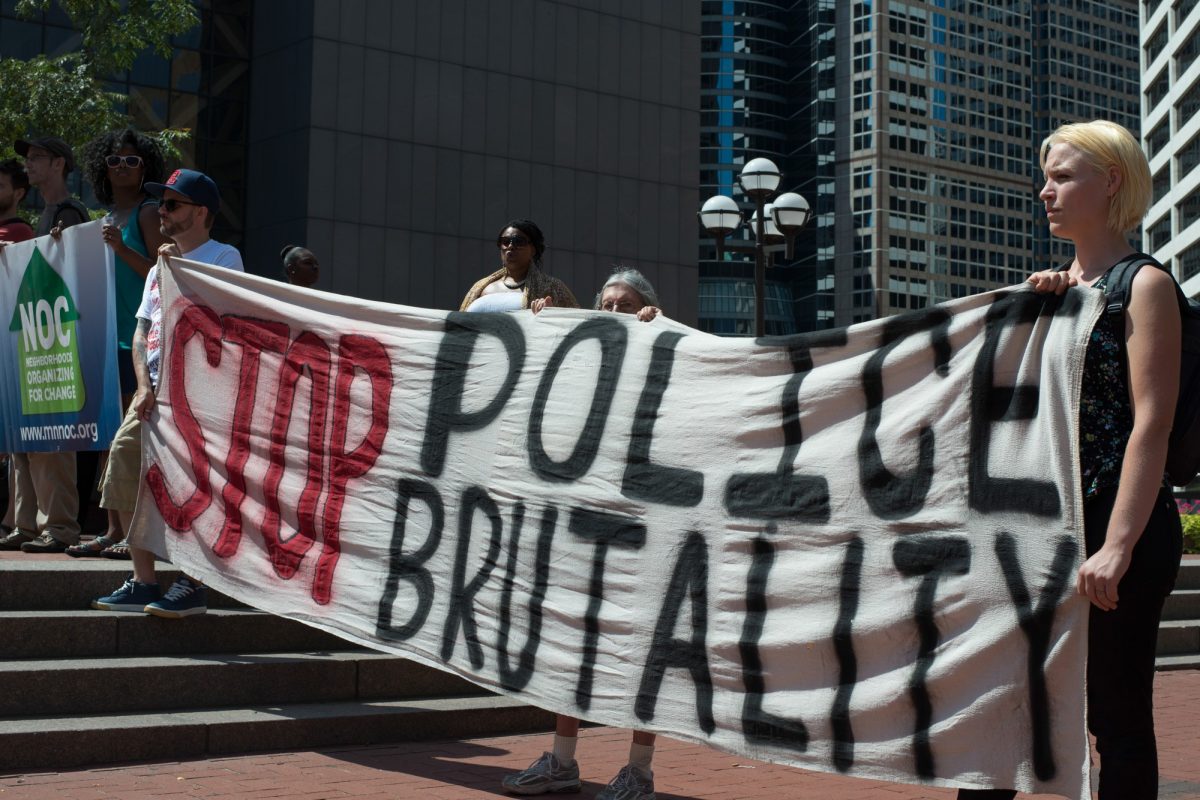Five years ago, Eric Garner uttered his last words “I can’t breathe” on a Staten Island sidewalk as a New York City Police Department officer, Daniel Pantaleo, placed him in a chokehold.
Eric Garner was a father of six and a grandfather of three. But, beyond that, Garner was a black man who fell victim to a painful reality facing communities of color every day— police brutality.
Garner’s death was ultimately ruled a homicide. However, Daniel Pantaleo faced no indictment or punishment up until his firing on Aug. 19, 2019— five years after the incident. With the firing being the only morsel of justice for Eric Garner’s family, tensions amongst African-American families continue to rise.
By 2019, the Washington Post reported that in four years in a row, “police nationwide fatally shot nearly 1,000 people each year.” Yet, despite years of controversial police shootings, protests and increased public awareness, convictions are extremely rare.
The Los Angeles Times reported that getting killed by police is “a leading cause of death for young black men in America.” According to the findings published by the Proceedings of the National Academy of Sciences, one in 1,000 black men and boys in the United States die at the hands of law enforcement officers— that makes them 2.5 times more likely to die during a police encounter than white men and boys.
Black men and boys in America are facing symptoms of trauma as the search for justice continues. According to an article published by the New Republic, the virality of content displaying police brutality is shaking people of color to their cores. “Because the images of police violence are so pervasive, they inflict a unique harm on viewers, particularly African Americans, who see themselves and those they love in these fatal encounters,” wrote Kia Gregory, the article’s author.
This is particularly worrisome for our black students at the University of Miami; are we addressing these issues and listening?
As the University of Miami’s enrollment continues shifting towards more diverse statistics, students who consider themselves “Black or African American” still make up only 7.9 percent of the enrollment population, according to the National Center of Education’s IPEDS 2017-2018 data report. Therefore, 7.9 percent of students might be facing a lack of empathy or understanding of the racial concerns that often consume them.
At the University of Miami, Landon Coles, a sophomore studying legal studies, confessed how close these police interactions hit close to home here on campus. As an active participant and leader in many clubs and organizations, Coles has often tried to comfort fellow black students facing challenges because of their race.
“We have had students confess to us that they are apprehensive or distrustful of UMPD,” Coles said. “They’ve shared stories of being profiled and being treated harshly by certain officers of UMPD. It’s a reality for so many students of color.”
Coles reminds us of how close this anxiety hits home. And It’s time we discuss that police brutality is demoralizing the foundation of the United States.
Communities of color have been grieving for decades, if not, centuries. They remain vulnerable targets and we still aren’t protecting them as much as we need to. When we fight for Eric Garner, we fight for Michael Brown, Trayvon Martin, Sandra Bland, Philando Castile and all black communities in the United States who do not feel safe within our borders. Because, yes, black lives matter.
Daniela Perez is a senior majoring in journalism and political science.






